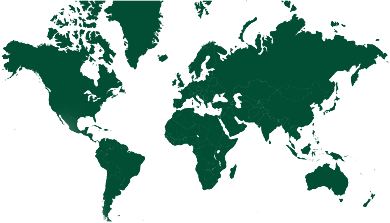Guidelines and manuals
2018 • World Bank Decision maker’s guides for solid waste management technologies
The Decision Maker’s Guides were developed to help mayors and policymakers select appropriate solid waste management technologies tailored to local conditions. These guides offer objective, practical advice on environmentally sound treatment and disposal methods. Key features include: descriptions of major technologies; considerations for evaluating technology feasibility; financial implications and cost recovery strategies; real-world examples of success and failure cases.
Recovered Materials & Products
Electricity
Heat
Biogas
Fertilizer
Compost
Waste Streams
Faecal sludge
Wastewater
Organic solid waste
Confirmed countries
Germany


What is this tool intended for?
The guides aim to support municipal leaders in understanding, evaluating, and implementing sustainable waste management technologies, focusing on local adaptability and socio-environmental impacts.
How does this tool work?
The tool introduces each technology with operational principles and environmental considerations and provides metrics for comparative analysis, such as costs, land use, and waste throughput. It includes frameworks for cost recovery and financing solutions to ensure long-term sustainability and offers questions to assess vendor credibility and technology suitability.
Who might use this tool and with which types of stakeholders?
Primary Users: Municipal leaders, urban planners, environmental agencies, and waste management authorities.
Other stakeholders: Community groups, private waste management firms, NGOs, and development agencies.
What stages of a process can this tool support?
The tool supports planning, procurement, and operational phases of solid waste management projects.
What skills, capabilities, and resources are required to use this tool?
User require some knowledge of municipal waste management systems; Technical and financial expertise for project evaluation and implementation; and access to reliable data on local waste streams and environmental conditions.
Where can this tool be used?
Globally applicable, particularly for low- and middle-income countries.
Case examples of where this tool has been used
- Sanitary landfill implementation in the West Bank.
- Composting initiatives in Sri Lanka and Uganda.
- Anaerobic digestion systems in India and China.
Technologies
Composting
Anaerobic digestion
Gasification
Themes
Assessment
Design
Monitoring, Evaluation and Learning
Financing and investment